We got the chance to meet with Laura Opstedal, owner and founder of Build Physio & Performance in Bozeman, Montana. With a dual certification in orthopedics and sports physical therapy as well as an impressive 20 years of experience working with sports injuries, Laura has gained expertise with athletes of all levels. After building a strong following in Bozeman, Laura was inspired to start her own evidence-based private practice that deviated from the typical corporate medical office.
"Our practice is not just a physical structure, it IS our patients. Our equipment and gym design was purchased to meet the needs of our patients, enable us to use objective metrics for decision-making, and promote self-efficacy and physical activity."
Her facility features cutting-edge equipment, including Montana’s first Boost microgravity treadmill. For Laura, adding a Boost to her list of services was a no-brainer.
"I work with a lot of people who would benefit from unweighted walking or running. I felt that this would be a good service for people with bone stress injuries to provide healthy weight-bearing/bone loading that is not possible in a pool."

How They Use the Boost Technology
Laura uses the Boost most frequently for athletes with bone stress injuries or those with limited weight-bearing capability due to surgery. However, she also incorporates the Boost into programs for those with neurological conditions, including CVA (stroke) and GBS (Guillain-Barre syndrome), to provide patients with a stable walking environment that eliminates the risk of falling. In fact, one of her clients, Chris, has been incorporating the Boost into his recovery from stroke for the past 8 months and has seen significant improvements in both movement and confidence. It allows him to safely focus on his gait speed while providing a sense of “normal” aerobic exercise. Laura’s favorite thing about the Boost is the smile on athletes’ faces when they experience the freedom of movement it provides.
"Young kids always ask, 'is this what walking on the moon feels like?' But seriously, when you have a person who is not able to run because of multiple issues and can tell they are terribly depressed because of it, their faces light up when they begin running on it. It is the best way to "Boost" endorphins. I think sometimes it addresses mental health more than physical health."


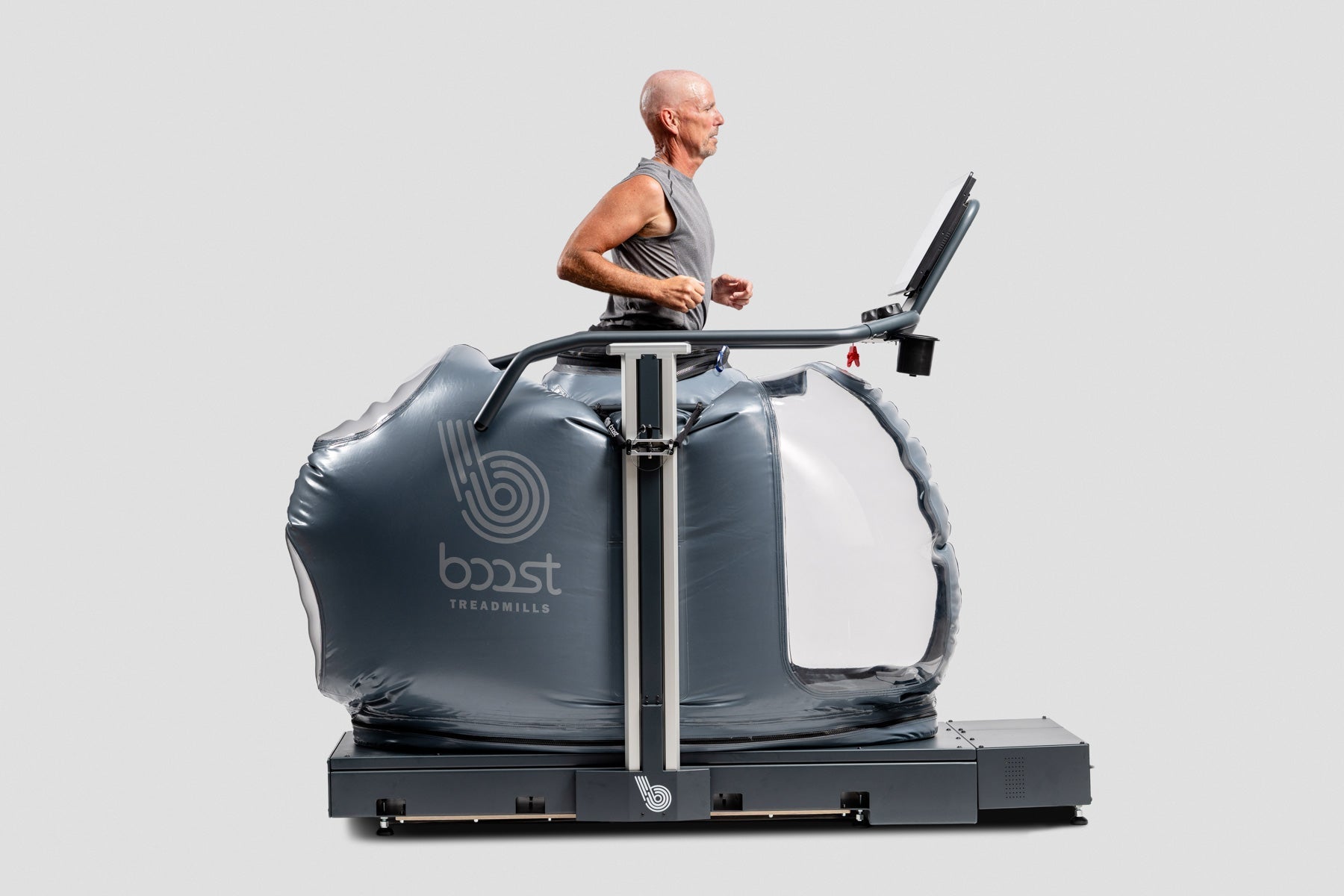
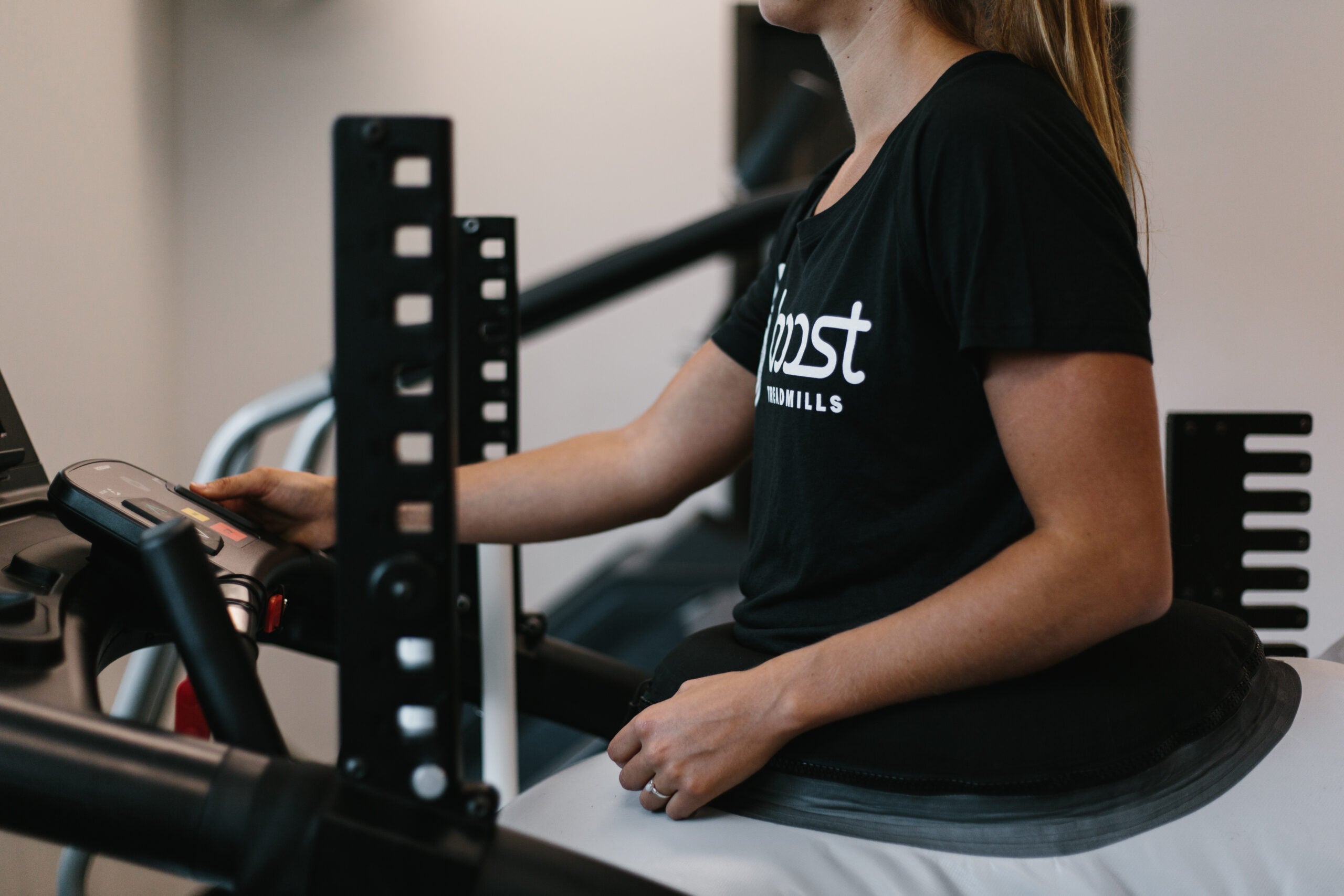
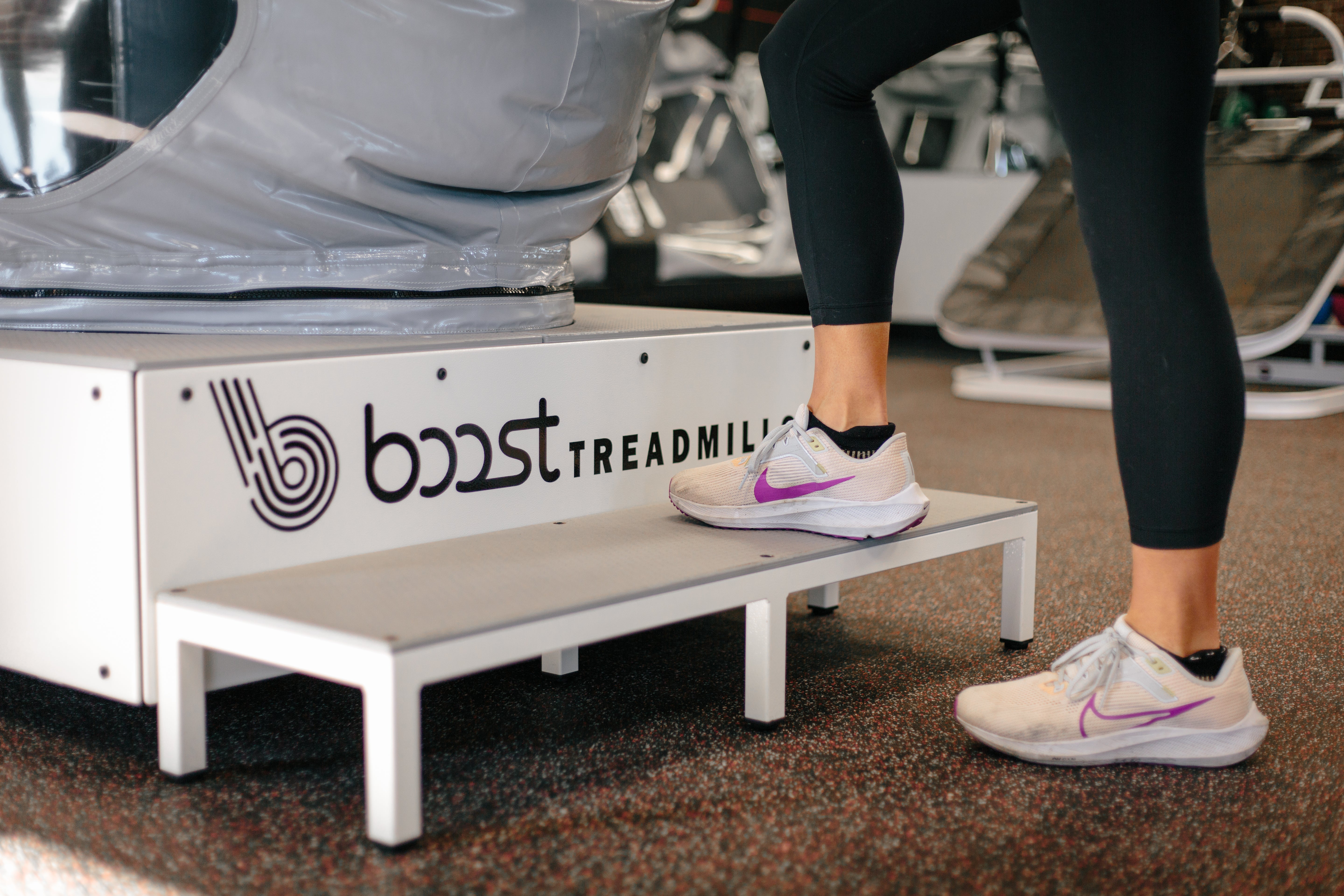

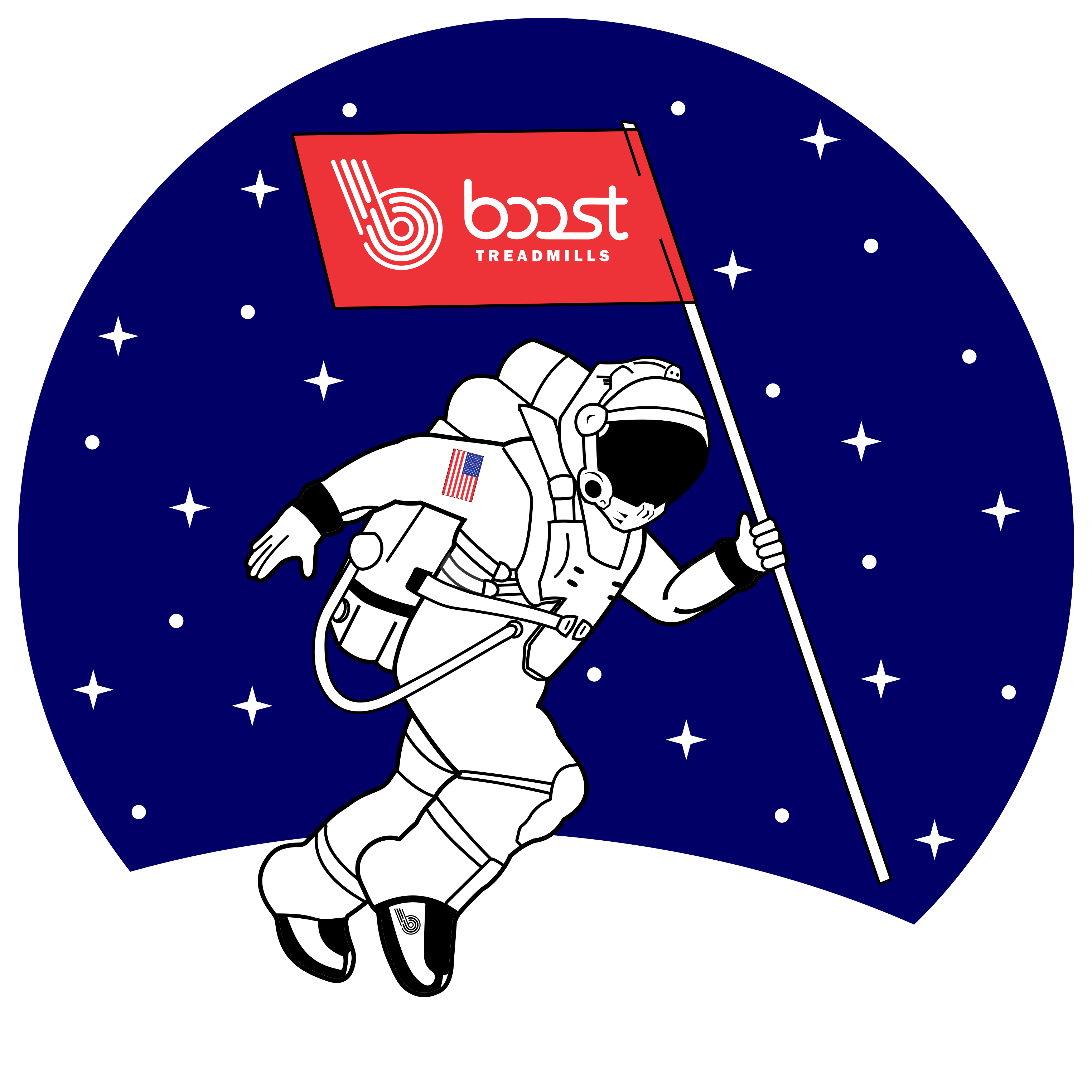
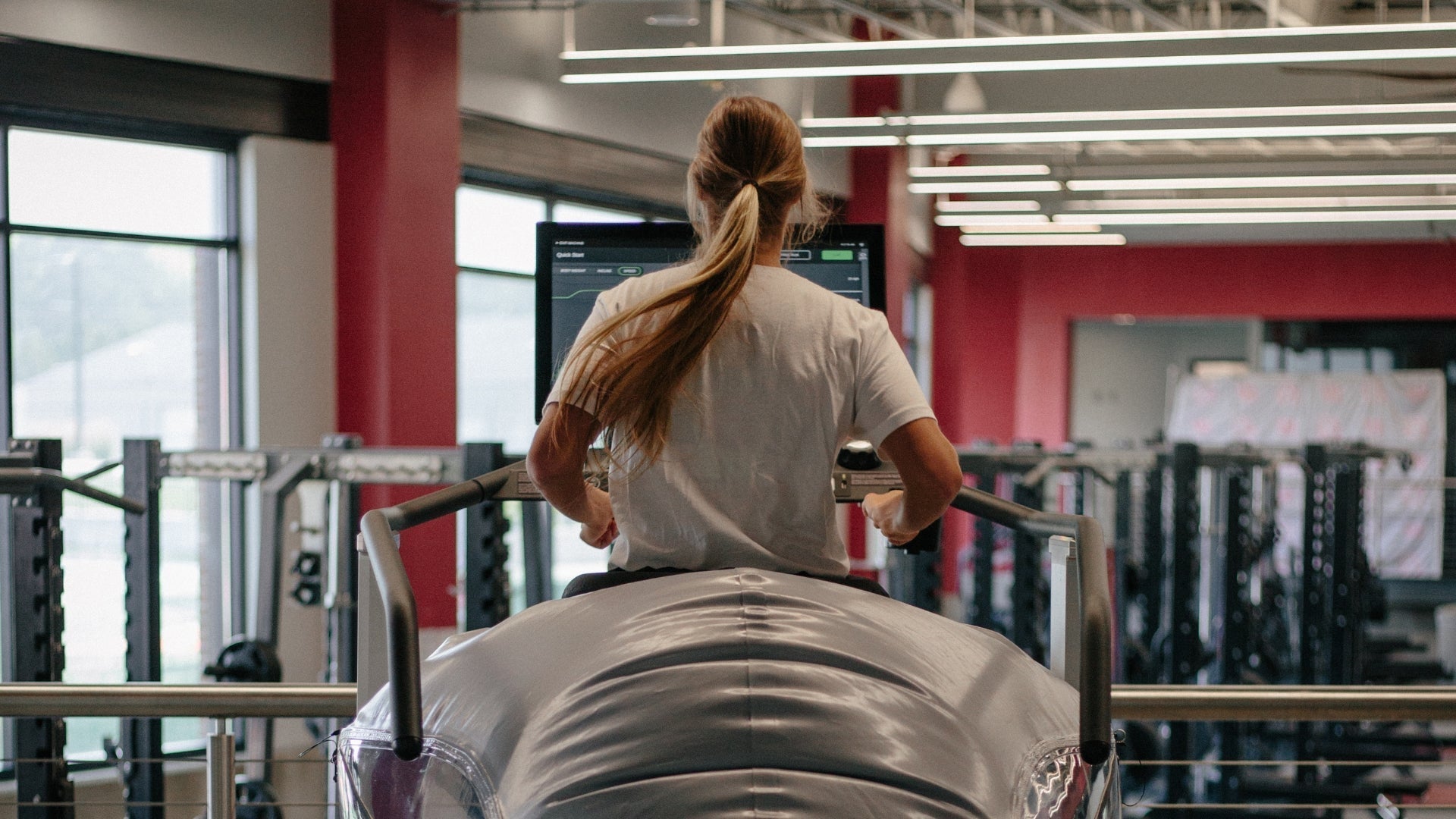
Performance-Based Modern Technology: A Need, Not a Want
Boost Featured Athlete